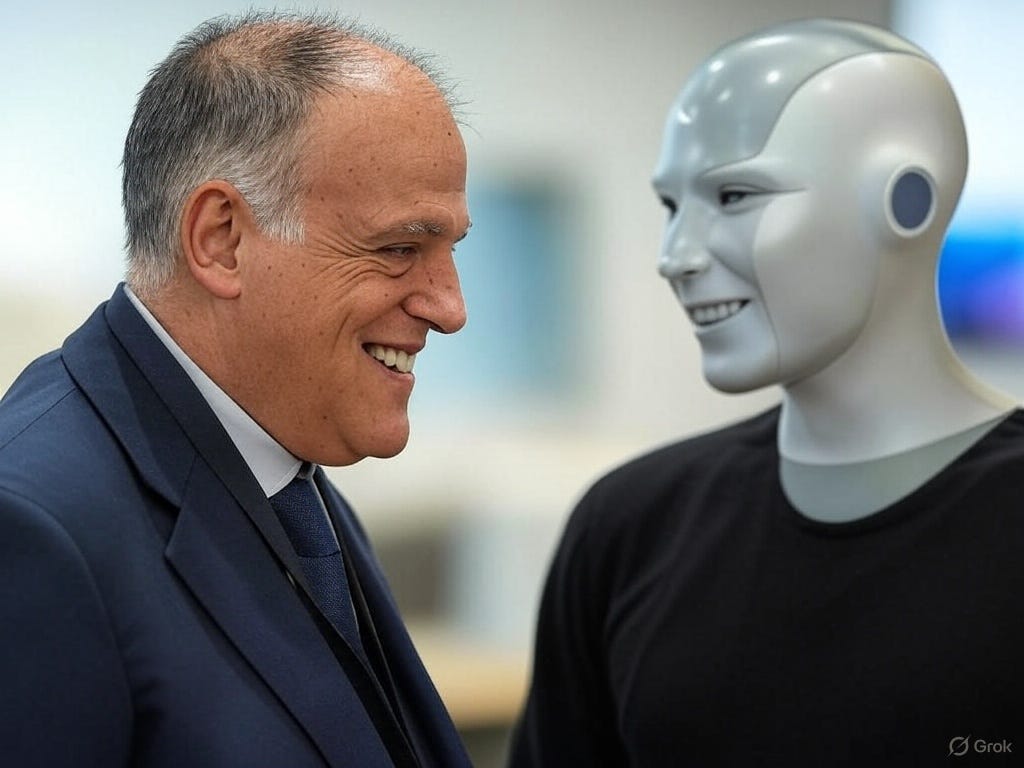Something I wanted to mention.
The other day I was listening on the World Football Summit Podcast to an interview Jaime Dominguez did with Dave Lipp, former director of strategy at Manchester United, and one thing particularly caught my attention. Almost in passing, Lipp mentioned that he would prefer to talk about fan enjoyment rather than fan engagement. This is a mistake. His approach seems to make sense because it aligns with a generational renewal that is increasingly hedonistic and dopamine-seeking, but enjoyment is only one form of connection with fans. To focus there is to unnecessarily narrow the universe of what football can bring to societies and individuals. It seems to make sense because today the logic of TikTok prevails, but this is only a trend and, like all trends, it will fade away, but football will remain. The football industry cannot be chasing trends to adapt to them, it has to understand the trends to see how they can be adapted, moulded, synchronised with the culture and storytelling of football. To do it the other way around is to accelerate towards the precipice alla Thelma & Louise.
One other thing, while we're at it.
A few months ago, LaLiga launched a virtual influencer called Alex (Àlex for the Catalans). When he was introduced, Javier Tebas said that ‘becoming the first league in the world to launch a virtual influencer reinforces our position as leaders in technological innovation in the sports industry’. Wrong. Being innovative is not doing things just because they are new. It's about using what's new to make your product, your message and, ultimately, your meaning go further and better. It is, once again, not chasing trends, but seeing how these trends fit into the storytelling of your brand (and if they do fit). Being LaLiga, which in branding matters is one of my great references, it is possible that there has been a much deeper study and analysis to create this virtual influencer, but that Tebas has been explained the part that interests him. Like when I tell people that I make radio and TV commercials so I don't have to explain the complexities of contemporary advertising creativity.
That's all.





